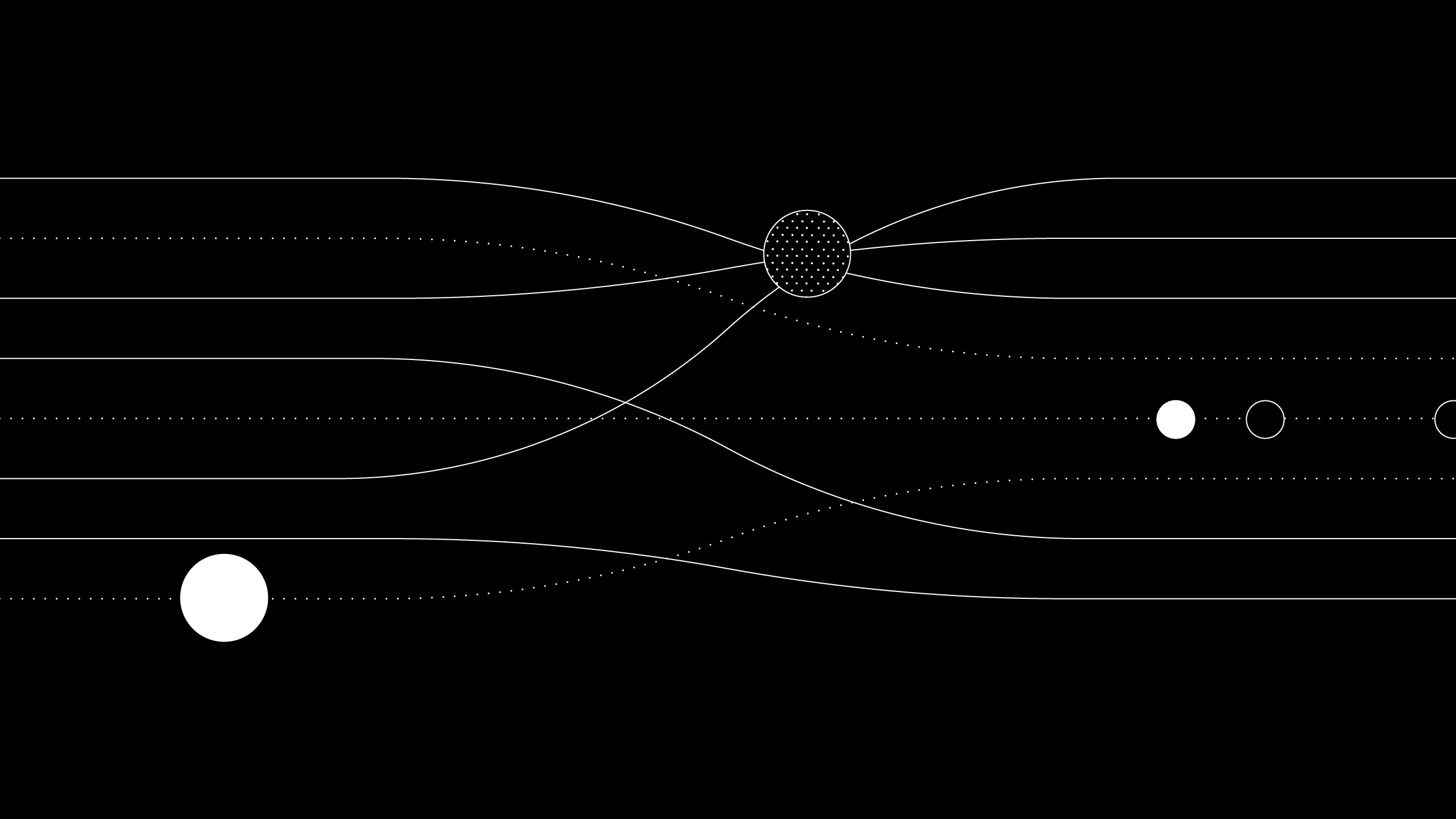
How to prevent butterfly effects from disrupting your supply chain
but·ter·fly ef·fect: noun (in chaos theory) the phenomenon whereby a minute localized change in a complex system can have large effects elsewhere.
In the 2004 film, “The Butterfly Effect,” Evan Treborn (Ashton Kutcher) goes back in time to fix mistakes in his past in order to alter the undesirable present. Despite his best efforts, Evan finds that each time he makes a change, the consequences become even more disastrous. He quickly learns that small changes can have a big impact.
The butterfly effect rests on the notion that the world is deeply interconnected and that one small incident (the flapping of a butterfly’s wings) can influence a much larger, complex system (global weather patterns).
Unfortunately for today’s enterprise, the butterfly effect isn’t a mere Hollywood fantasy, but a very real and often serious business challenge.
Butterfly effects and your supply chain
Consider the supply-chain disruptions caused by the Covid-19 pandemic. Government lockdowns and worker illnesses halted semiconductor production in Asia. Automotive suppliers in Germany couldn’t get the chips they needed to make the airbag sensors, engine control units or dozens of other electronic components used in modern cars. Without these components, automakers in the United States couldn’t build cars. And ultimately, a corn farmer in Iowa couldn’t buy a new pickup truck.
Admittedly, a worldwide infectious disease outbreak is more akin to a hurricane than the breeze from a butterfly’s wings, but the microchip shortage illustrates how a local event (i.e., worker illness in Asia) can have a much broader effect (i.e., no trucks in Iowa).
For better or worse, modern companies are tied to each other and their customers through highly-interconnected processes. We can separate these processes into distinct business functions (e.g., supply chain, procurement, accounts payable, accounts receivable, etc.), but they are all connected to and often dependent on each other. They also cross internal silos, company lines, and global geographic borders. Executives and process owners who don’t understand and adapt to this reality are setting their businesses up for failure.
After a major business disaster, one might wish to go back in time and change the past, like Treborn. But as Kutcher’s character teaches us, altering the past can produce new and potentially more dangerous butterfly effects.
So what can businesses do to mitigate the danger of butterfly effects? If a time machine isn’t the answer, how about a crystal ball? What if you could look into your business with new levels of clarity to gain complete process visibility across silos of work? What if you could see how all of your processes interact in a totally new, three-dimensional way? Or, what if you could zero in on more hidden inefficiencies and fix them in near real time?
These capabilities are the gateway to building more resilient, more efficient supply chains and can serve to better orient your company toward optimal process execution. Sounds almost too good to be true. But unlike a time machine, such a crystal ball does exist. It’s called object-centric process mining.
Object-centric process mining: From X-ray to MRI
Traditional process mining technology is a powerful tool for uncovering broken processes, similar to how an X-ray can spot a broken bone. But an X-ray is only a two-dimensional picture. Object-centric process mining (OCPM) gives you a three-dimensional MRI of your entire business operation. OCPM captures the complex relationships between objects and events as they move across your ERP, CRM and SCM systems allowing the hand-off points between processes to be effectively identified and analyzed.
At Celosphere 2022, Celonis introduced a new capability of Celonis EMS built on object-centric process mining called Process Sphere. With Process Sphere, a company can visualize their entire supply chain and see how processes such as sales, production, logistics, finance and procurement flow through the organization with complete clarity.
Process Sphere gives organizations power over the now to mitigate the disasters of the future. Besides, what we can do in the present will always trump fantasies of changing the past.
Visit Celonis to learn how we’re using Process Sphere and object-centric process mining to help customers positively impact the top, bottom and green lines of their business.
Download the free Object-Centric Process Mining white paper


